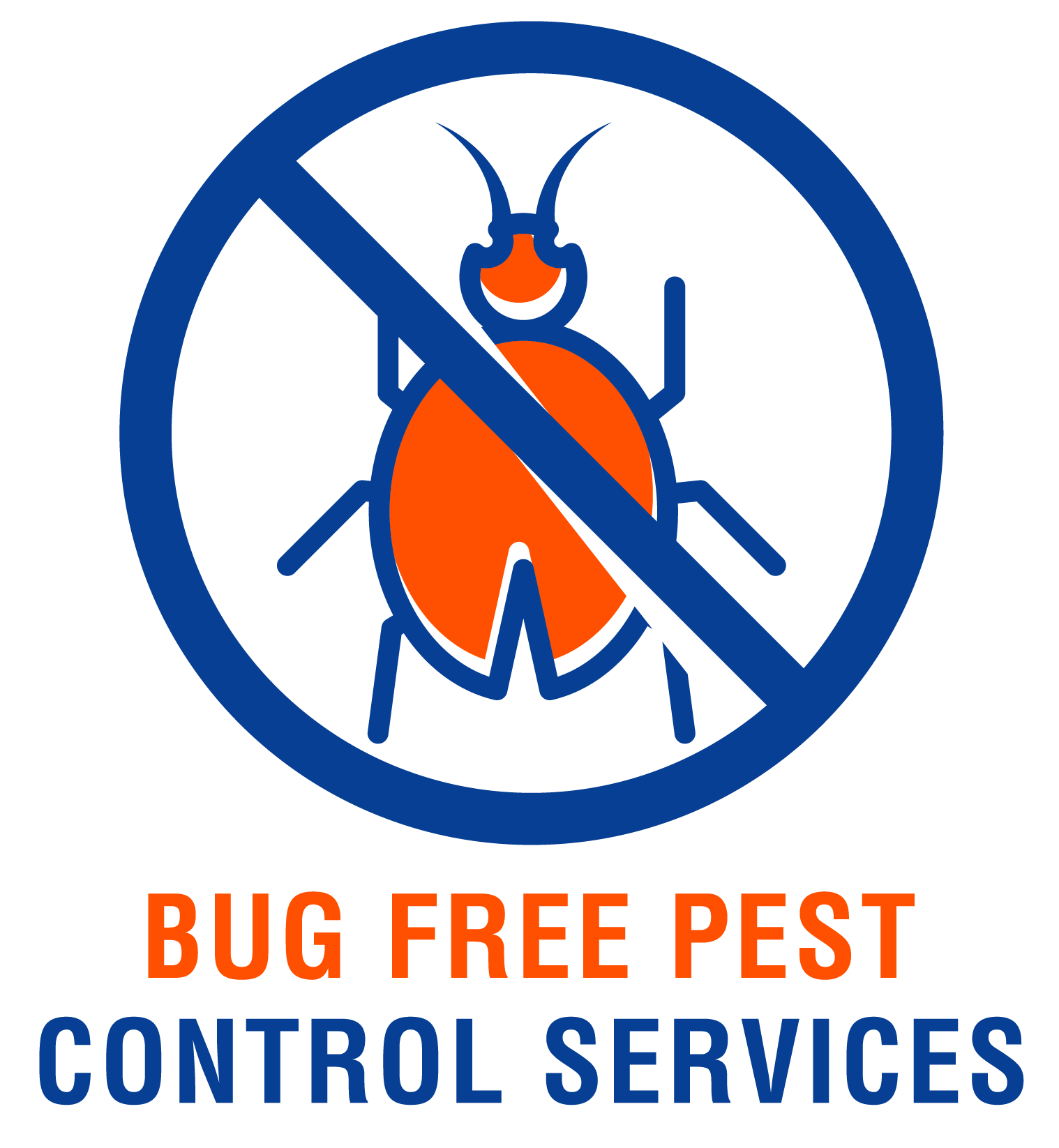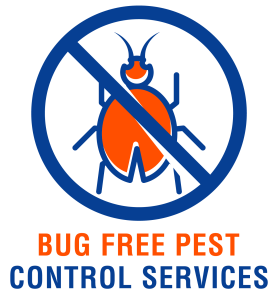Have you been noticing tiny insects around your home that seem to be attracted to damp, moldy areas? These pesky bugs are actually mold mites, and they can be a nuisance to deal with. Fortunately, there are some simple steps you can take to eliminate mold mites from your home and prevent them from coming back. By addressing the moisture issue that attracts them, cleaning and disinfecting affected areas, and using natural remedies like essential oils, you can say goodbye to mold mites for good. With a little effort, you can create a clean and pest-free environment in your home. Have you been noticing tiny, pesky bugs in your home that seem to be coming out of nowhere? Chances are you may be dealing with mold mites. These microscopic organisms love to feast on mold, mildew, and other decaying matter, making them a common issue in homes with moisture problems. But fear not, with the right knowledge and action, you can eliminate mold mites from your home for good. Here’s how you can do it.
Identifying Mold Mites
Let’s start by getting to know your enemy. Mold mites are tiny arthropods that are closely related to spiders and ticks. They are usually white or light beige in color and have eight legs. Mold mites thrive in damp, humid environments, and are often found in areas with mold growth. These pests can easily go unnoticed due to their size, making it crucial to keep an eye out for signs of their presence.
Signs of Mold Mites Infestation
If you suspect mold mites may be invading your home, there are a few signs to look out for. These include:
- Tiny white or beige bugs crawling around damp areas
- Presence of mold or mildew in your home
- Musty odor in certain areas
- Allergy-like symptoms such as sneezing, itching, or coughing
Keep an eye out for these signs to determine if mold mites are present in your home.
Understanding Mold Mites Behavior
To effectively eliminate mold mites from your home, it’s essential to understand their behavior and habits. Mold mites are attracted to moisture and mold, as these provide them with a food source. They are most active during humid conditions and can reproduce rapidly, making it challenging to get rid of them once they establish a presence in your home.
Where Mold Mites Thrive
Mold mites are commonly found in areas with high humidity and moisture levels. Some common places where mold mites thrive include:
- Basements
- Attics
- Crawl spaces
- Kitchens
- Bathrooms
- Laundry rooms
By knowing where mold mites are likely to be found, you can target these areas when dealing with an infestation.
Removing Mold Mites from Your Home
Now that you have identified and understood mold mites, it’s time to take action and eliminate them from your home. Here are some effective methods to get rid of mold mites and prevent them from coming back.
Step 1: Eliminate the Source of Moisture
Since mold mites are attracted to moisture, the first step in getting rid of them is to eliminate the source of the problem. Fix any leaks, repair water damage, and ensure proper ventilation in your home to reduce humidity levels.
Step 2: Clean and Remove Mold and Mildew
To starve mold mites of their food source, it’s important to clean and remove any mold or mildew in your home. Use a mixture of water and detergent to scrub away mold growth, and consider using a mold-killing solution for stubborn areas.
Step 3: Vacuum and Dust Regularly
Regular vacuuming and dusting can help remove mold mites, their eggs, and any decaying matter they may be feeding on. Be sure to pay special attention to areas with mold or mildew, as well as carpets, upholstery, and other fabrics where mold mites may hide.
Step 4: Use Dehumidifiers and Fans
To keep humidity levels in check and prevent mold mites from thriving, consider using dehumidifiers and fans in damp areas of your home. Proper ventilation and air circulation can help lower humidity levels and make your home less hospitable to mold mites.
Step 5: Seal Cracks and Gaps
Mold mites can enter your home through cracks and gaps in walls, windows, and doors. To prevent them from gaining access, seal any openings with caulk or weatherstripping to create a barrier and keep mold mites out.
Step 6: Use Natural Remedies
If you prefer natural methods of pest control, there are several remedies you can try to repel mold mites. Some options include:
- Essential oils such as tea tree oil, peppermint oil, or eucalyptus oil
- Vinegar and water spray
- Diatomaceous earth powder
These natural remedies can help repel mold mites and deter them from returning to your home.
Preventing Mold Mite Infestations
Once you have successfully eliminated mold mites from your home, it’s important to take steps to prevent future infestations. By following these prevention tips, you can keep mold mites at bay and maintain a pest-free home environment.
Maintain Proper Ventilation
Proper ventilation is essential in preventing mold mites from thriving in your home. Ensure that all areas of your home are well ventilated, especially in humid spaces like bathrooms, kitchens, and basements.
Fix Leaks and Water Damage Promptly
To prevent mold mites from returning, it’s crucial to address leaks and water damage as soon as they occur. Inspect your home regularly for any signs of moisture or water intrusion, and repair them promptly to avoid creating a hospitable environment for mold mites.
Keep Your Home Clean and Dry
Regular cleaning and maintenance can go a long way in preventing mold mite infestations. Keep your home clean, dry, and free of mold or mildew to deter mold mites from taking up residence in your space.
Use Humidity Monitors
Monitoring humidity levels in your home can help you stay ahead of mold mites and prevent infestations before they happen. Invest in a humidity monitor to keep track of moisture levels and take action if humidity levels rise above recommended levels.
Inspect and Seal Entry Points
Regularly inspect your home for cracks, gaps, and other entry points that mold mites can use to gain access. Seal these openings with caulk, weatherstripping, or other sealants to create a barrier and keep mold mites out of your home.
By following these prevention tips, you can create an inhospitable environment for mold mites and reduce the likelihood of future infestations in your home.
When to Seek Professional Help
In some cases, mold mite infestations may be too severe or persistent to handle on your own. If you have tried the above methods and are still dealing with a mold mite problem, it may be time to seek professional help. A pest control specialist can assess the situation, provide targeted treatments, and help you prevent future infestations.
Signs You Need Professional Help
If you notice any of the following signs, it may be time to call in a professional pest control expert:
- Severe or widespread mold mite infestations
- Inability to eliminate mold mites on your own
- Recurring mold mite problems despite your best efforts
Don’t hesitate to seek professional help if you are struggling to eliminate mold mites from your home. Pest control experts have the knowledge, tools, and experience to effectively address mold mite infestations and help you maintain a pest-free living space.
In conclusion, dealing with mold mites in your home can be a frustrating experience, but with the right knowledge and action, you can eliminate these pests and prevent future infestations. By identifying mold mites, understanding their behavior, and following effective removal and prevention methods, you can create a mold mite-free environment in your home. Stay vigilant, take proactive measures, and don’t hesitate to seek professional help if needed. You deserve a clean, pest-free home – let’s make it happen!


